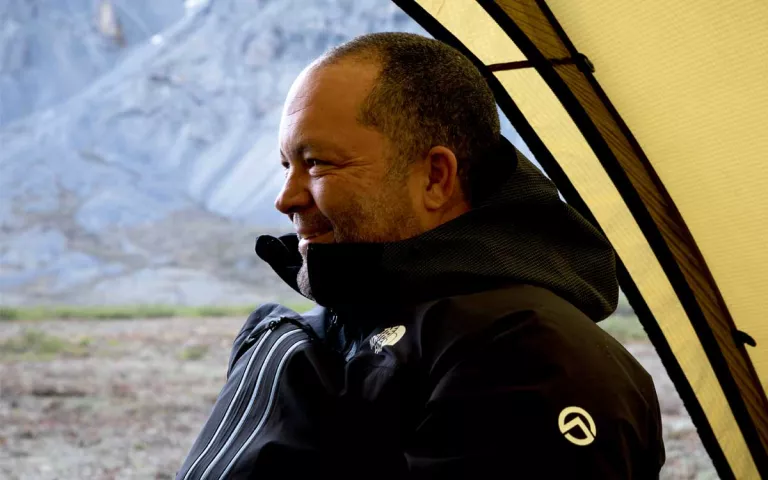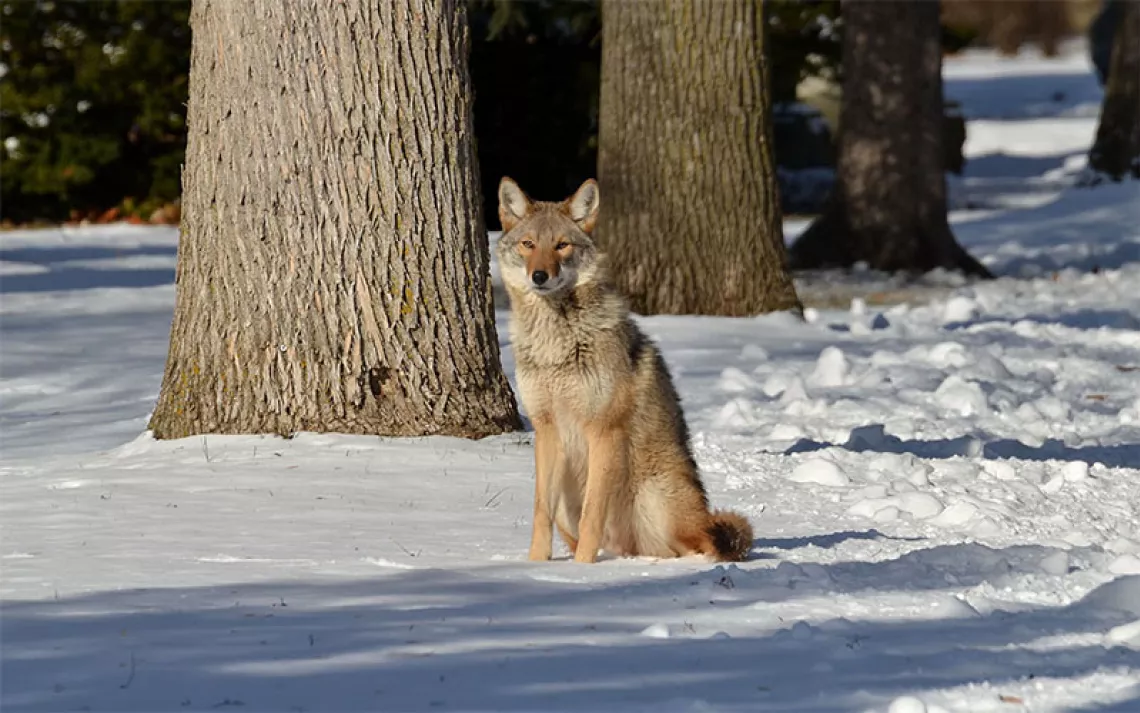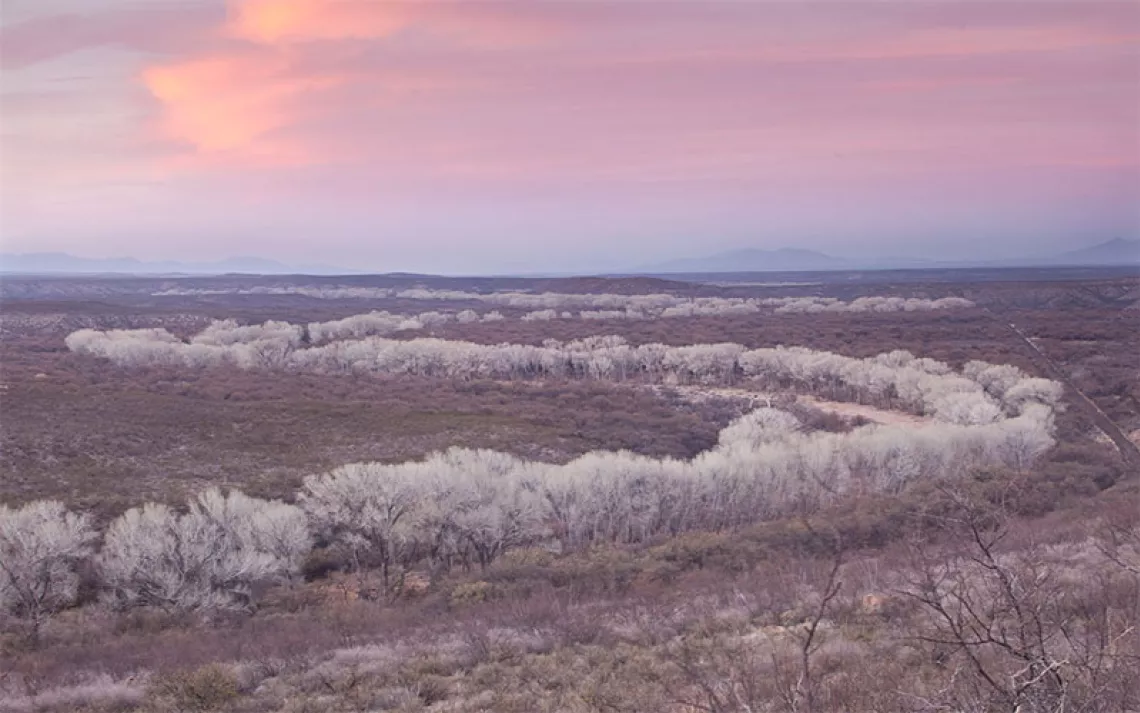Parks Protect the Climate Too
One more reason to protect natural spaces and public lands

Ben Jealous is the executive director of the Sierra Club. | Photo by Ian Martin
I recently had the chance to speak at The Economist's sustainability conference, and I asked how many people in the audience spend time in our national parks. Hands shot up everywhere. Then I asked them to keep their hands up if they enjoy visiting parks on Labor Day weekend. Hands disappeared, heads shook no, and people chuckled.
So many of us want to get outside and enjoy nature, but we don't want to wait in traffic for hours trying to get into a park. Demand for the national parks exceeds supply and, as the Sierra Club's former executive director Carl Pope pointed out to me, Labor Day weekend traffic jams at our parks illustrate this perfectly. People across the rainbow of humanity that is America really want to visit the country's wild places.
Historically, protecting natural spaces and establishing parks has been job number one for the Sierra Club. In 1890, John Muir led the movement to protect 750,000 acres in the Sierra Nevada as Yosemite National Park. Two years later, the Sierra Club was born. From our role in the creation and protection of parks like Grand Canyon and Grand Teton to our contribution to the passage of the Wilderness Act, which has protected 112 million acres of public land from reckless development, the Sierra Club has been—and will always be—an influential advocate for natural spaces.
Now we must double the number of parks in this country. And I don't just mean the 425 National Park Service sites but also other federally managed places and state and local parks too. We want to ensure that every person, no matter where they live, can explore and enjoy our natural spaces.
This work goes far beyond the causes of conservation and access to the outdoors. We created parks to save souls ("places to play in and pray in," as Muir wrote). Today we need them to preserve our collective future.
To avoid irreparable harm to the planet, we need to reduce climate-killing carbon dioxide in the atmosphere dramatically and quickly. Beyond ending our addiction to fossil fuels, one of the best nature-based ways to do this is to preserve natural spaces—especially where mature and old-growth trees act as carbon sponges.
Our national goal is to protect 30 percent of US lands and waters by 2030 to slow climate decay and biodiversity loss. Right now, only about 12 percent is protected. We must safeguard more land in the next seven years than we have in the past 100.
The benefits go beyond preserving wildlife habitats and providing more clean air and water. We can measure them in dollars.
The National Park Service says that for every dollar Congress invests in national parks, $10 is returned to the economy. And communities where we establish public lands as parks will be more resilient to the extreme weather that accompanies climate decline.
As we save more natural spaces, we must discard practices that have too often left out Indigenous communities. Since long before this was a country, Indigenous people have stewarded the landscapes they have called home. Comanagement agreements like the one for Bear Ears National Monument recognize that Native knowledge is essential to the long-term protection of our lands and waters (see "Unraveling Manifest Destiny").
As I write this, the Sierra Club is training state leaders across the country to accelerate the implementation of the Inflation Reduction Act. When President Biden signed it one year ago, the massive investment in growing America's economy in such a visionary way earned him comparisons to President Franklin Delano Roosevelt. Leading our nation in doubling the size of protected lands would earn him comparisons to another Roosevelt. The Sierra Club's job at this moment is the same as it was for our founder: to make the case in a way that can neither be ignored nor denied.
 The Magazine of The Sierra Club
The Magazine of The Sierra Club







